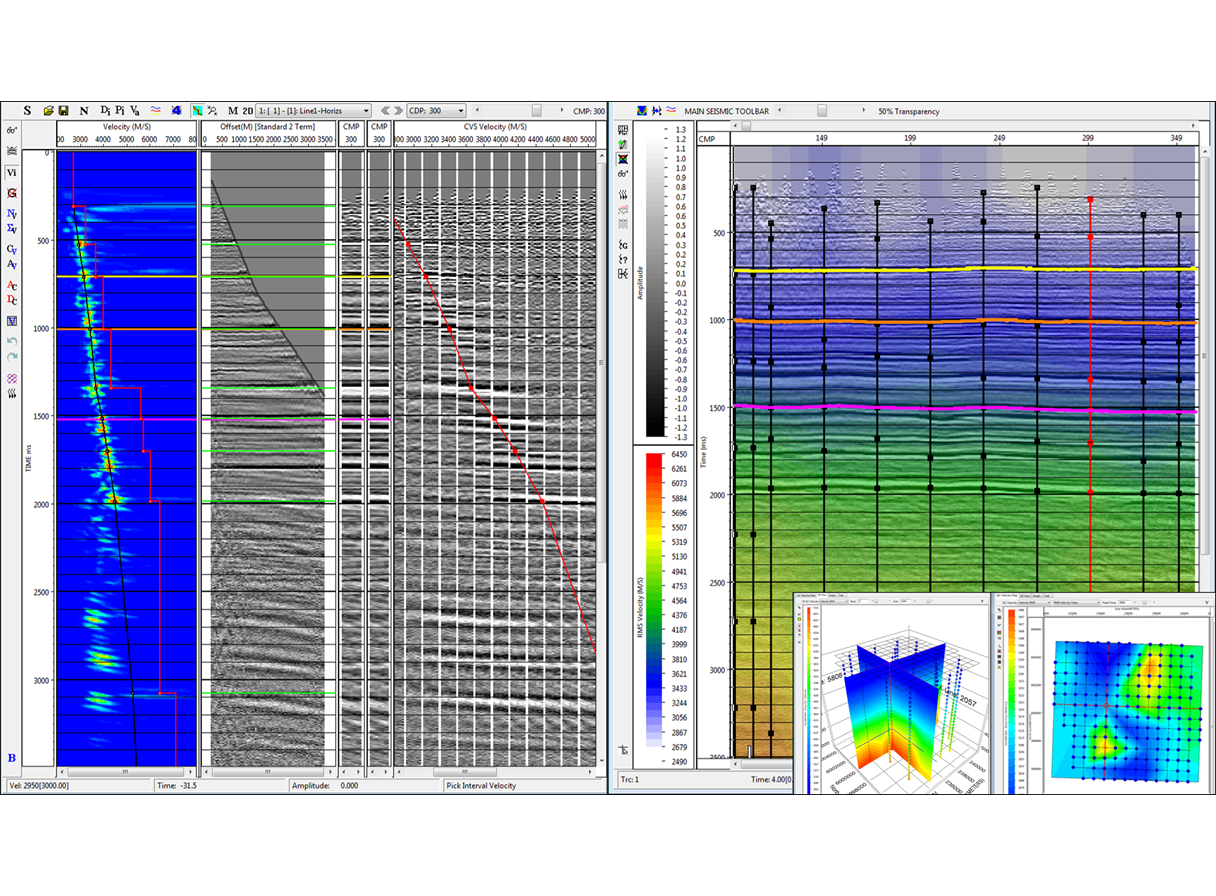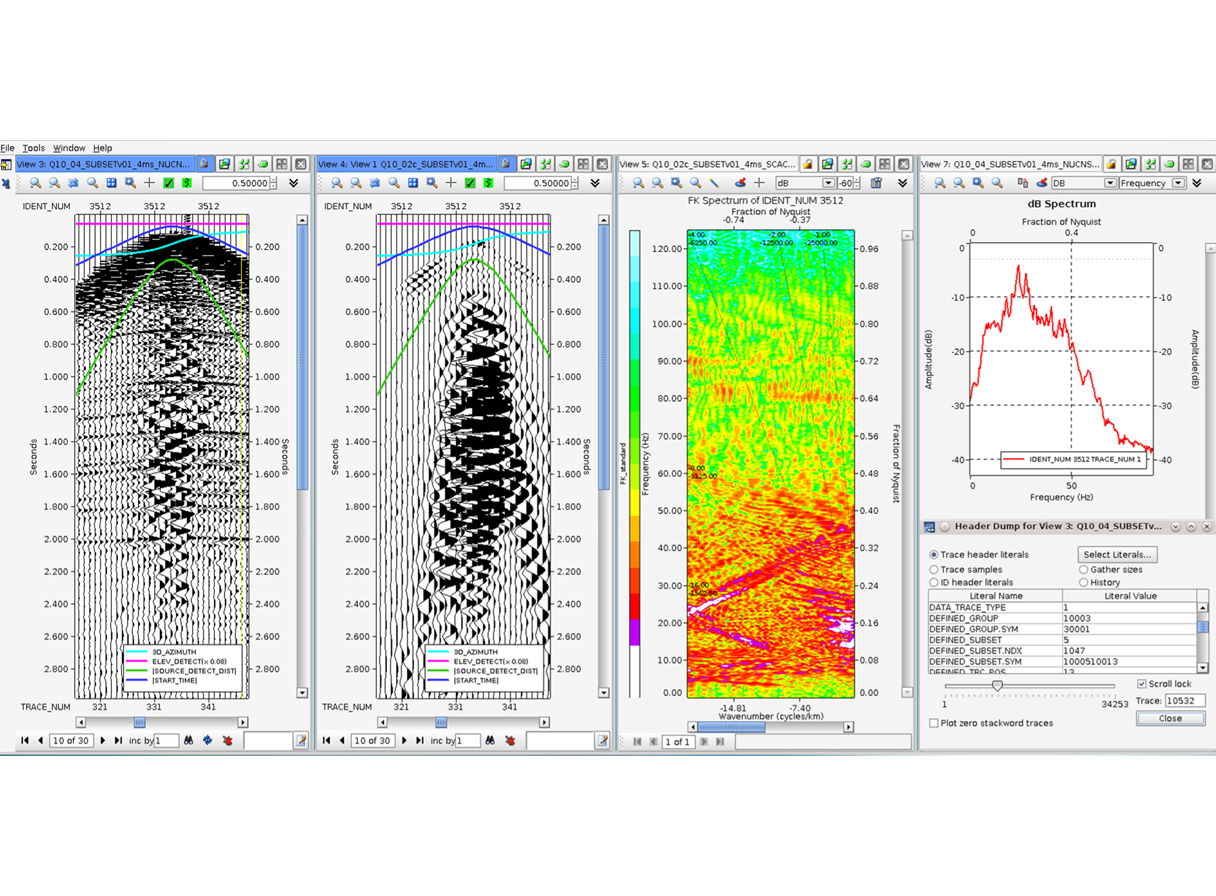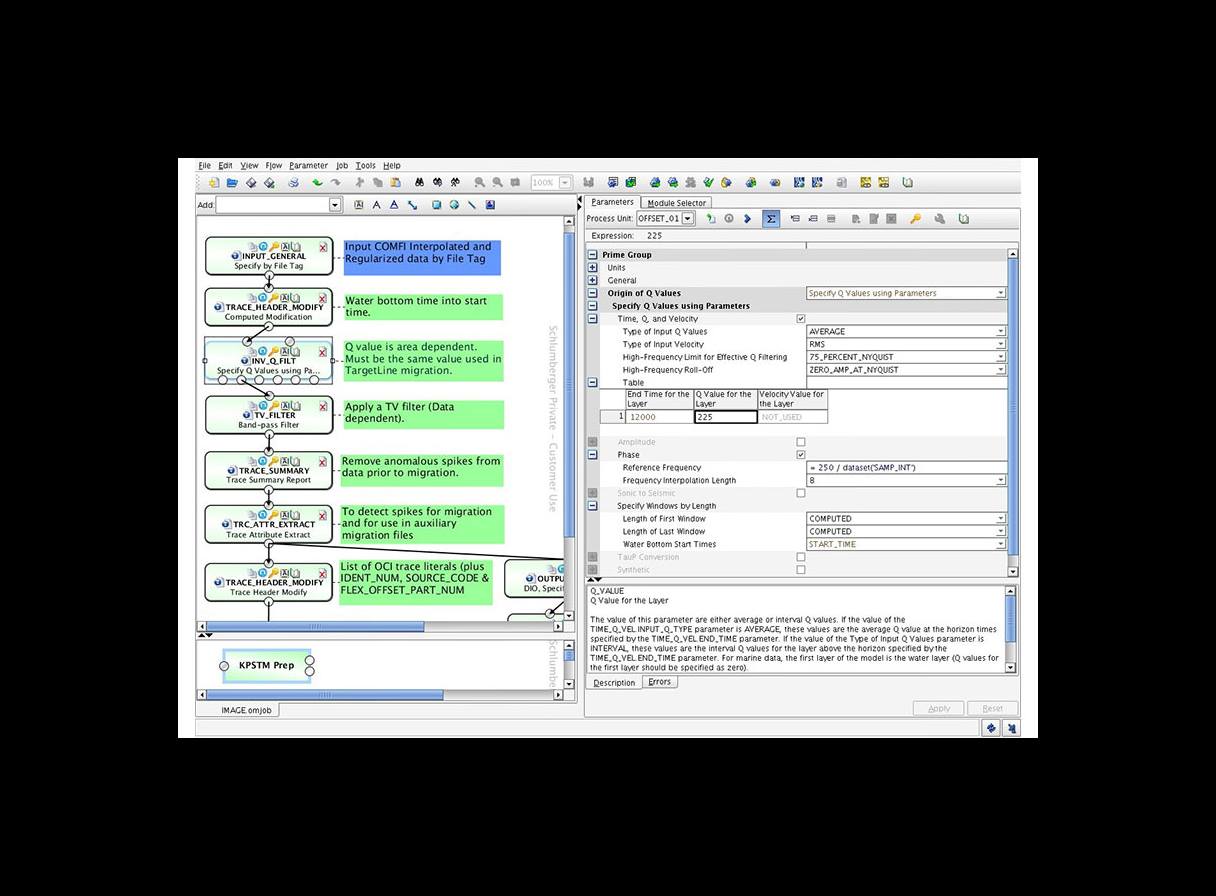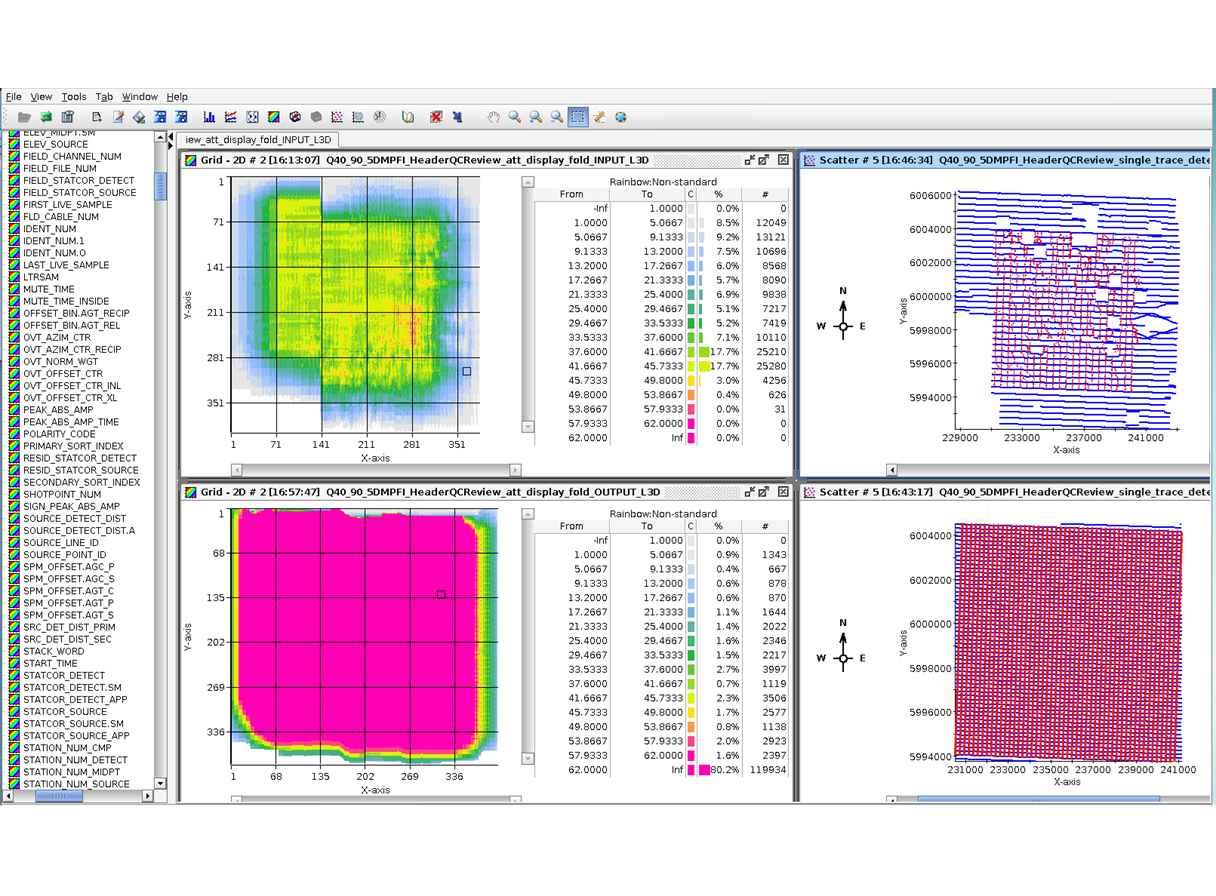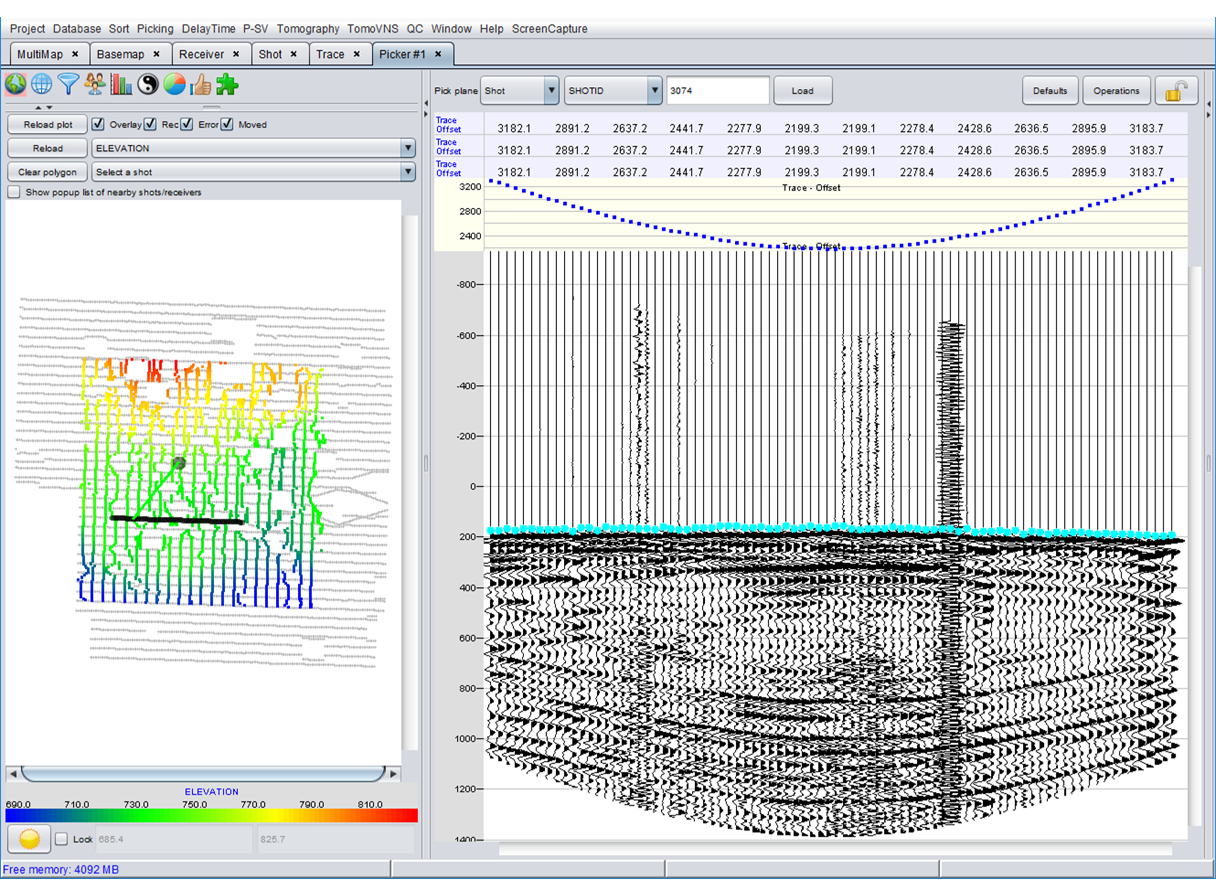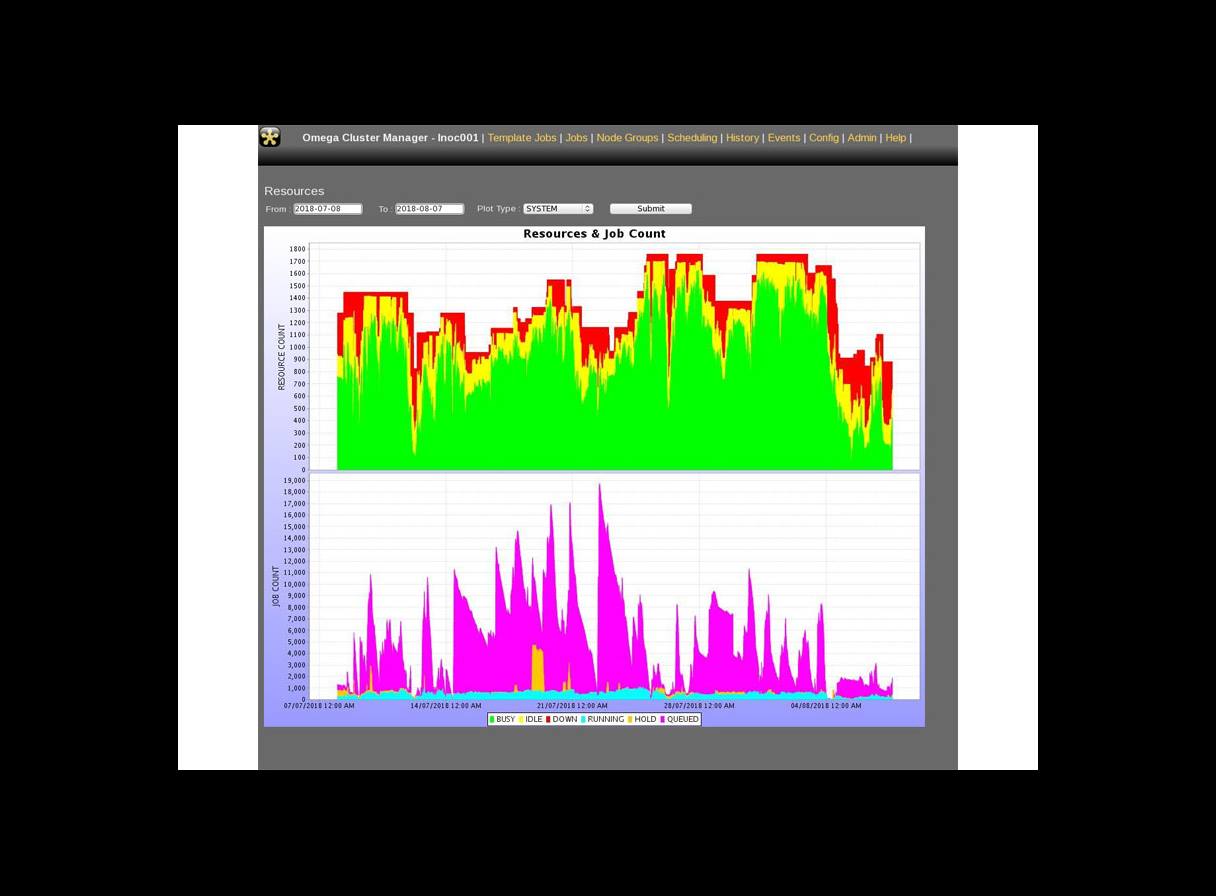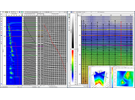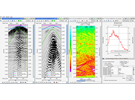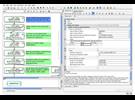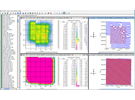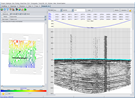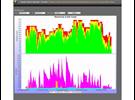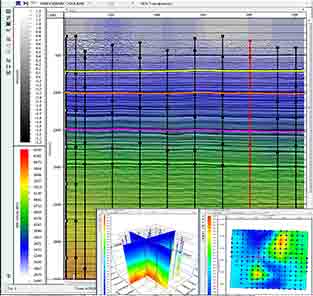NExT offers a comprehensive training program to support users of the Omega geophysical data processing software, WesternGeco plug-ins, and other software products.
Are you looking for expert geophysical guidance and advice on your unique technical challenges? Consultancy services are also available. Please contact us today to learn more.
Training Courses
Omega: Fundamentals of Omega (5 Days)
Description
This course will provide knowledge and understanding of Omega geophysical data processing software from setting up a project through use of the key applications. It will cover the applications used in day-to-day operations of a 3D seismic processing project, including project creation and an overview of the tools used in managing data and resources.
A simple example project will be created, and exercises will be used to illustrate the key applications. At the end of this class, participants will have the necessary knowledge to be able to use with Omega geophysical data processing software desktop applications to create a project and run a range of workflows, including data input and QC, data analysis, and production processing.
When taken in conjunction with the applicable practical processing class (marine, land, multicomponent, or ocean-bottom cable [OBC]), this course will enable the participant to undertake processing projects as a member of a production processing team.
Who Should Attend
This course is intended for anyone requiring an introduction to Omega geophysical data processing software.
View schedule, register, and learn more
Omega: 4D Seismic Processing with Omega (1 Day)
Description
During this course, the user will learn how to run 4D diagnostics on a time-lapse dataset at various stages of seismic processing. The course also includes the steps required for designing both global and trace-by-trace matching operators. The student will observe improvement in the 4D response at different stages by carefully analyzing attribute maps and statistics.
Who Should Attend
This class is suitable for geophysicists involved in 4D processing, interpretation, or both.
E-mail Rebecca Hurn for more information and to register.
Omega: Advanced Migration Techniques (4 Days)
Description
This class covers the practical implementation of some advanced migration techniques, such as reverse time migration (RTM) and Gaussian packet migration (GPM). The theory of the algorithms will be covered, and the key parameters will be explained. At the end of the class, students will be able to choose the appropriate technique and parameterize the workflow according to the data requirements.
Who Should Attend
This class is suitable for experienced geophysicists who wish to better understand the advanced GPM and advanced RTM techniques within Omega geophysical data processing software.
E-mail Rebecca Hurn for more information and to register.
Omega: Generalized Surface Multiple Prediction (GSMP) (3 Days)
Description
This class provides a hands-on, workflow-based course on data-driven surface multiple prediction. At the end of this class, students will have the skills to perform surface multiple prediction using the general surface multiple prediction (GSMP) seismic function module (SFM). These skills include effective testing, quality control, and optimal parameterization.
Who Should Attend
Experienced geophysicists who wish to gain a more in-depth understanding of the GSMP technique.
E-mail Rebecca Hurn for more information and to register.
Omega: Omega Administration (5 Days)
Description
This class introduces the administration tasks required for maintaining an Omega geophysical data processing software installation. The prerequisites for the system will be covered, along with licensing, databases, and the main system applications. At the end of the class, students will be able to create and delete projects,
upgrade Omega geophysical data processing software versions, and run key administration tasks.
Who Should Attend
This class is suitable for system administrators wanting to learn how to install and maintain the Omega geophysical data processing software.
E-mail Rebecca Hurn for more information and to register.
Omega: Advanced Omega Administration (3 Days)
Description
This class provides more in-depth insight into the administration of an Omega geophysical data processing software installation. The course will look at the system’s architecture, administration tools, and advanced configuration of key applications, such as the resource data model (RDM) and Omega project model (OPM). Further topics include load balancing and troubleshooting of common issues.
Who Should Attend
This class is suitable for system administrators with some experience of Omega geophysical data processing software systems who want to learn the more advanced aspects of the platform.
E-mail Rebecca Hurn for more information and to register.
Omega: Omega Seismic Wavelet Processor (2 Days)
Description
This two-day course is designed to introduce the student to the seismic wavelet processor (SWP) application and introduce the basics of wavelet processing for a marine 3D survey. The course will show how to use the application to generate phase and amplitude spectra, apply a low-cut filter, and shift and clip the wavelet. The basics of time-series theory are covered, and practical exercises show how to zero and minimize phase equivalents of the wavelet. Finally, the student will learn how to QC the timing of the data.
Who Should Attend
This course is intended for seismic data processors with some processing experience and advanced users who require a refresher in wavelet processing.
E-mail Rebecca Hurn for more information and to register.
Omega: Omega Software Developer’s Toolkit (5 Days)
Description
At the end of the course, students will be able to execute their own algorithms within an Omega geophysical data processing software production environment. They will possess the skills needed to create an Omega geophysical data processing software seismic function module (SFM). The student will have the skills to execute their algorithm in isolation on a single compute node.
Who Should Attend
This class is suitable for experienced programmers who wish to develop and add SFMs to Omega geophysical data processing software.
E-mail Rebecca Hurn for more information and to register.
Omega: OCI Software Developer’s Toolkit (5 Days)
Description
At the end of the course, students will be able to execute their own algorithms within Omega geophysical data processing software production environment. They will possess the skills needed to create an Omega cluster infrastructure (OCI) seismic function module (SFM).
Who Should Attend
This class is suitable for experienced programmers who wish to develop and add OCI SFMs to Omega geophysical data processing software.
E-mail Rebecca Hurn for more information and to register.
Omega: Practical 2D Land Time Processing with Omega (4 Days)
Description
The student will learn how to use Omega geophysical data processing software to process a land 2D seismic dataset through a classic time processing sequence. It will include the parameter review of production flows, picking a stacking velocity field using interactive velocity analysis (InVA), sorting data to different domains, and the appropriate QCs for each step of the processing sequence. Students will acquire skills needed to be a contributing member of a production processing team.
Who Should Attend
This course is intended for geophysicists with a basic understanding of Omega geophysical data processing software who wish to learn how to use the software to process a 2D land time dataset.
E-mail Rebecca Hurn for more information and to register.
Omega: Practical Land Time Processing with Omega (5 Days)
Description
This course will provide knowledge and understanding of how to use Omega geophysical data processing software to process a land 3D seismic dataset through a basic time processing sequence. It will include parameter testing from example flows and how to convert these into production flows. The use of the interactive velocity analysis (InVA) application will be covered to pick a stacking velocity field. Alongside this, the participant will learn the appropriate QC for each step of the processing sequence and how to sort data to different domains. At the end of this class, participants will have the skills needed to be a contributing member of a production processing team.
Who Should Attend
This course is intended for geophysicists with a basic understanding of Omega geophysical data processing software who wish to learn how to use the software to process a simple land time workflow.
View schedule, register, and learn more
Omega: Practical Marine Time Processing with Omega (5 Days)
Description
This course will provide knowledge and understanding of how to use Omega geophysical data processing software to process a marine 3D seismic dataset through a basic time processing sequence. It will include parameter testing from example flows and how to convert these into production flows. The use of the interactive velocity analysis (InVA) application will be covered to pick a stacking velocity field. Alongside this, the participant will learn the appropriate QC for each step of the processing sequence and how to sort data to different domains. At the end of this class, participants will have the skills needed to be a contributing member of a production processing team.
Who Should Attend
This course is intended for geophysicists with a basic understanding of Omega geophysical data processing software who wish to learn how to use the software to process a simple marine time workflow.
View schedule, register, and learn more
Omega: Tomography and Anisotropy with Omega (10 Days)
Description
The attendee will learn how to
* prepare input data for tomography and run and QC the results using Omega and Petrel
* load basic well data and use it in model building and Q-tomography
* update an inverse Q model and understand anisotropy, including vertical, tilted, and horizontal transverse isotropy (VTI, TTI, and HTI) and orthorhombic
* derive and update anisotropy in depth imaging model building.
Each topic is introduced with some background material, which includes discussion of theory and applications. This is followed by an explanation of the workflow, data requirements, and a step-by-step discussion of the procedures to execute the workflows. Where possible, there are practical exercises to provide hands-on experience in executing the workflows.
Who Should Attend
This course is designed for experienced geoscientists who wish to learn the more advanced aspects of tomographic model updating and how to use well data and incorporate anisotropy into a depth model.
E-mail Rebecca Hurn for more information and to register.
Omega: Virtual 2D Time Processing Test Line with Omega (10 Days)
Description
This course is a two-week virtual program during which the student will process a 2D test line through a full prestack time imaging processing sequence. The goal of the course is for the student to formulate and perform testing and to organize, manage, and implement the processing of a 2D line in a ‘turkey-shoot’ scenario.
The student will work individually and must strictly adhere to the processing deadline. The student will be expected to apply skills learned in previous courses—Fundamentals of Omega and Practical Time Processing Land or Marine. The student will also have a number of sessions with an area geophysicist who will offer geophysical advice and discuss the proposed processing flows, parameters, and results. Having sent the customer the required deliverables, the student will make a final presentation detailing their chosen processing flow to a panel of experienced staff on the last day of the course.
Who Should Attend
The course is intended for processing group members wishing to progress to the role of group or project leader.
E-mail Rebecca Hurn for more information and to register.
Omega with Petrel Plug-ins: Intro to Depth Imaging with Omega and Petrel (10 Days)
Description
At the end of the class, students will have developed the functional hands-on practical skills needed to be a contributing member of a depth imaging production processing team. These skills will cover a common simple workflow involved in processing a marine 3D dataset through a depth imaging sequence.
Who Should Attend
The class is suitable either for less experienced geophysicists wanting to learn the basics of depth imaging and for experienced depth imagers wishing to secure the functional capabilities necessary to perform depth imaging.
View schedule, register, and learn more
Omega with Petrel Plug-ins: Earth Model Building (EMB) with Omega and Petrel (5 Days)
Description
This five-day hands-on course introduces the geoscientist to the functionality of the WesternGeco Petrel plug-ins that are part of the Omega Earth Model Building bundle. This is primarily a software course where students will use practical exercises to explore the earth model building workflow.
Who Should Attend
This class is suitable for geophysicists with a good knowledge of Omega geophysical data processing software wanting to gain a practical overview of the earth model building workflow.
E-mail Rebecca Hurn for more information and to register.
Petrel Plug-in: Gravity and Magnetic Preconditioning and Anomaly Enhancement and Modeling with Petrel (3 Days)
Description
This three-day hands-on course introduces the geoscientist to the functionality of the WesternGeco Petrel Gravity and Magnetic plug-in. This is primarily a software course where students will use practical exercises to explore the gravity and magnetic domain preconditioning and anomaly enhancement and modeling workflows.
Who Should Attend
This class is suitable for geophysicists with a basic knowledge of the Petrel subsurface software and gravity and magnetics geophysical methods wanting to gain a practical overview of the tools to extract information from data and integrate it with geological knowledge, seismic data, and well logs.
E-mail Rebecca Hurn for more information and to register.
Petrel Plug-in: Magnetotelluric and Controlled-Source Electromagnetic Methodologies for Geoscientists (5 Days)
Description
This course introduces the physical concepts of each electromagnetic measurement and further illustrates the added value of integrating these methodologies to better understand specific geologic targets in both marine and land environments. This course also introduces the features of the Petrel Magnetotellurics and Petrel Controlled-Source EM plug-ins, including display, pre-conditioning, QC, modeling, and interpretation of electromagnetics data.
The explanation of the software features is interleaved with practical exercises to allow the attendees practicing with the Petrel plug-ins. Although the course focus is centered on practical examples, theory of physical principles of each electromagnetic discipline along with a basic introduction to the data acquisition process will be discussed.
Who Should Attend
Geophysicists, geologists, and geoscientists working with electromagnetic (magnetotelluric or controlled-source electromagnetic) data.
View schedule, register, and learn more
Petrel Plug-In: Petrel Quantitative Interpretation (4 Days)
Description
The student will learn how to execute each of the following Petrel Quantitative Interpretation plug-in workflows—rock physics, AVO modeling, AVO reconnaissance, simultaneous inversion, and stochastic inversion. The student will learn what the necessary input data are and how the results are used in E&P workflows. Each topic is introduced with some background material, including discussion of theory and applications. This is followed by an explanation of the workflow and data requirements and a step-by-step discussion of the procedures to execute the workflows. In each case, there are exercises to provide hands-on experience in executing the workflows. The training emphasizes the links between the different workflows and how one enables the other.
Who Should Attend
This course is designed for experienced geoscientists involved in exploration, development, and production activities who wish to learn how to use the Petrel Quantitative Interpretation plug-in workflows listed above.
View schedule, register, and learn more
Petrel Plug-In: Ray Tracing and Illumination using Petrel SDM (3 Days)
Description
This three-day hands-on training class provides students with the foundations needed to use the Petrel RTI plug-in tools in a full range of acquisition quality control, survey design, and imaging tasks. The course teaches how to create surveys for the different acquisition configurations, how to trace rays using different methods, create synthetic data, illuminate targets, and apply the results in seismic survey design, processing, and imaging workflows.
Who Should Attend
This class is suitable for geophysicists and geologists wanting to learn how to integrate the Petrel RTI plug-in tools into acquisition QC, survey design, and imaging workflows.
View schedule, register, and learn more
Petrel Plug-In: Seismic Survey Design (SSD) (2 Days)
Description
This two-day hands-on training class provides students with the skills needed to use the Petrel SSD plug-in in a full range of quality control and design tasks for land, vertical seismic processing (VSP), and marine seismic acquisition planning from field QC to advanced design analyses. The class teaches how to create surveys for different acquisition configurations (marine, land, and coil), perform fold analyses, and integrate the SSD plug-in with the Petrel Earth Model Building (EMB) bundle.
Who Should Attend
This class is suitable for geophysicists wanting to learn how to plan and design land, VSP, and marine 3D seismic surveys with the Petrel SSD plug-in.
E-mail Rebecca Hurn for more information and to register.
Omega geophysical data processing software integrates comprehensive workflows and advanced algorithms with leading science, scalable processing, and unparalleled flexibility to unleash the potential of your geophysics data. Omega offers unequaled breath and depth of capabilities providing you with the tools needed to solve all of your complex geophysical challenges. It offers you powerful tools to transform your seismic, multiphysics, microseismic, and vertical seismic profile (VSP) data into intelligence you can use to reduce risks and increase your chances of success across the E&P life cycle. From the field to the final image, Omega geophysical data processing software helps you better understand your critical subsurface challenges and make better decisions.
